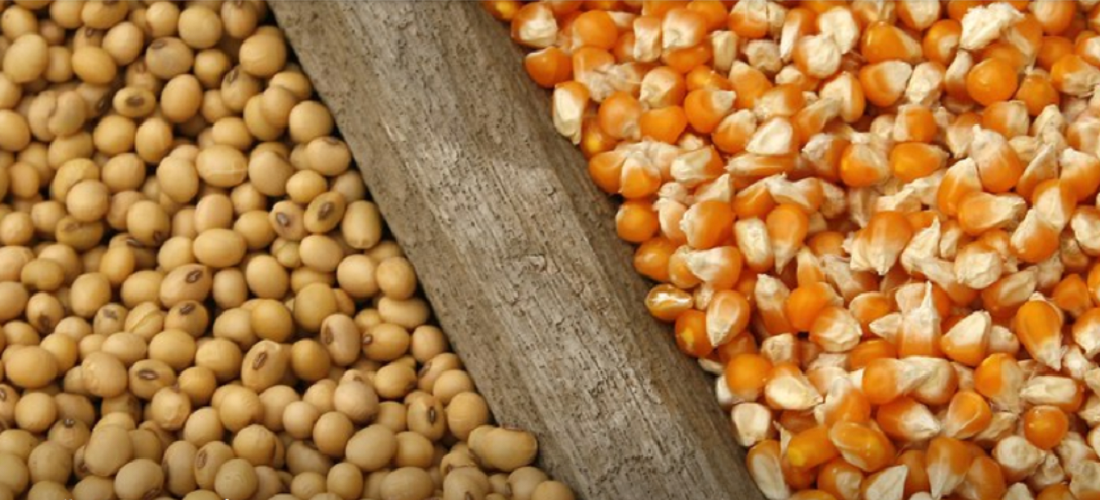
Dollar exchange alters pace of soybean sales in Brazil and Argentina
Jun, 21, 2024 Posted by Gabriel MalheirosWeek 202425
The 3.51% rise in the dollar-real exchange rate seen up to the 20th of June has boosted soybean prices in the Brazilian market, despite a 5.3% drop in prices on the Chicago Board of Trade, according to Valor Data. This local surge has spurred sales of the oilseed.
In Argentina, the expectation of a new devaluation of the peso has led producers to hold back on sales. Analysts suggest that the impact of the exchange rate on domestic soybean prices will be short-lived, maintaining expectations of a decline in international prices as the U.S. harvest progresses.
In May, grain sales in Argentina dropped 37% compared to the same month in 2023, totaling $2.6 billion, according to the country’s Vegetable Oil Industry Chamber and Center of Cereal Exporters. The Buenos Aires Grains Exchange reported that 26.7 million tonnes of soybeans from the 2023/24 harvest, projected at 50 million tonnes, remain unsold. Additionally, 29 million tonnes of corn are yet to be sold from a harvest of 47.5 million tons.
Samuel Isaak, an agribusiness analyst at XP Investimentos, notes that Brazilian and Argentine producers have different motivations. Argentines are anticipating a devaluation of the peso against the dollar, while Brazilians, who are withholding corn sales, expect a rebound in international prices. Isaak adds that the recent increase in soybean prices in reais is not supported by the international market. “The long-term outlook is that soybean prices will reflect the American harvest,” he says.
“Currently, those who have corn are reluctant to sell, hoping for better future prices, shifting the focus to soybean negotiations. In Mato Grosso, where sales have progressed well, supply restrictions have pushed prices to R$120 per bag, the highest price seen this year,” he added.
Ale Delara, a partner at Pine Agronegócios, believes there is room for grain prices to remain high in the Brazilian market due to supply constraints during the off-season.
In Brazil, the dollar’s rise has increased the average price of soybeans at the port of Paranaguá from R$138 per bag handled at the end of May to R$140 on June 18, with peaks of R$142 on some days, according to Luiz Fernando Roque, an analyst at Safras & Mercado.
“Prices have been supported by the rising exchange rate. The export premiums are firm, but without the dollar’s influence, prices would be lower given the feeble movement in Chicago,” Roque says.
The chart below shows the export volume of soybeans from Brazil, measured in tonnes, between January 2021 and April 2024. The data comes from DataLiner.
Soy Export Volume | Jan 2021 – Abr 2024 | WTMT
Source: DataLiner (click here to request a demo)
Safras reports that as of June 10, 64.6% of goods harvested were sold. Despite recent advances, sales are still below the historical average of 70.1%.
Fabio Silveira, managing partner of MacroSector, considers the strategy of holding onto products risky. “Global soybean stock increased by 25 million tons over two harvests. You can’t effectively retain products for an extended period,” he says.
Source: Globo Rural
Click here to access the original publication in Portuguese: https://globorural.globo.com/cotacoes/noticia/2024/06/dolar-muda-o-ritmo-de-vendas-de-soja-no-brasil-e-na-argentina.ghtml
-
Economy
Apr, 14, 2023
0
Brazilian exports to the US break record in 1Q23, says Amcham
-
Meat
May, 17, 2022
0
China authorizes importing from 13 US-based meatpackers, possibly as a message to Brazil
-
Meat
Feb, 23, 2023
0
Mad cow: Brazil halt beef exports to China
-
Trade Regulations
Aug, 21, 2020
0
Germany threatens not to ratify free trade agreement between EU and Mercosur due to Amazon deforestation



